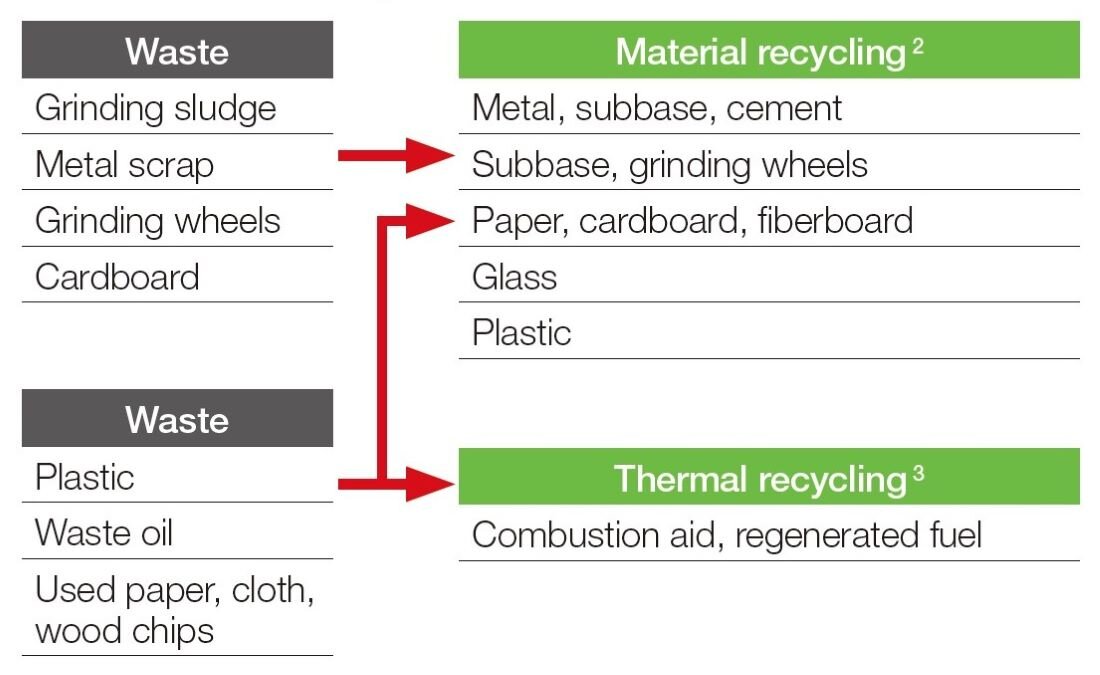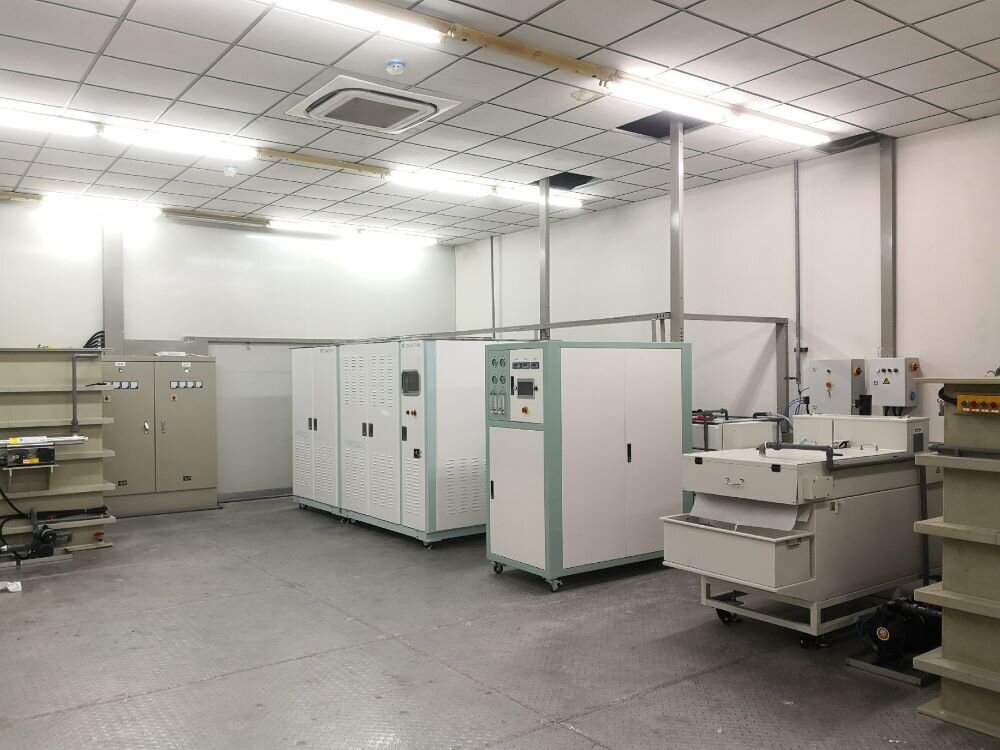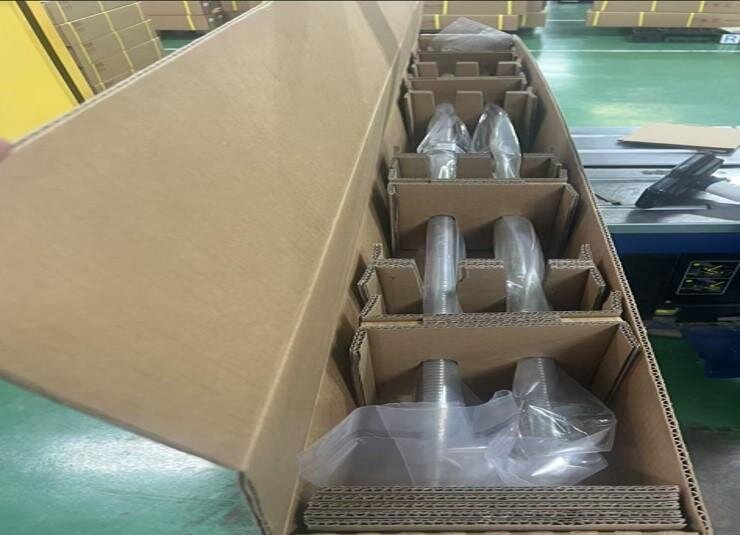Promotion of Waste Reduction and Recycling
Initiatives for Achieving Zero Emissions
With our zero emissions activities, we aim to reduce all forms of
waste we generate to zero. We promote zero emissions activities
through controlling the use of direct and indirect materials,
emissions and final waste, and reusing and recycling.
The waste produced by our business activities includes
metal scrap, oil and liquid waste, grinding sludge, packaging,
and plastic waste. By thoroughly separating our waste, we reuse
or transform it into usable materials, such as steel-making
material, cement material, and recycled fuel. Reducing plastic
waste has garnered particular attention in recent years. THK is
making steady strides in reducing the amount of plastic waste
we generate by reusing and recycling plastics used in our
production processes and utilizing returnable boxes that can be
reused.
THK Japan aims for an emissions rate (volume of waste
disposed/total discharged) of less than 0.50%. Continuing from
the successful achievement of this goal in 2023, we met this
goal again in 2024 with an emissions rate of 0.21%.

2 Thermal recycling: Using waste as combustion material
Activities and Results Related to Plastic Waste
Efforts at Each Facility
Wuxi (China)
Shaving Solidification Equipment
A briquetting press was installed in May to solidify and recycle the shavings from cutting processes. As a result, 420,000 kg of material was recycled over the year.
Installed Water-Soluble Waste Fluid Treatment System
A water-soluble waste fluid treatment system was installed in March for reusing the plant's waste oil. As a result, water-soluble liquid waste was reduced by 300 kL per year.

DALIAN THK (China)
Packaging Improvement
Per-box packaging quantities were reevaluated with customer permission. This resulted in 144 kg fewer boxes being used per year.
